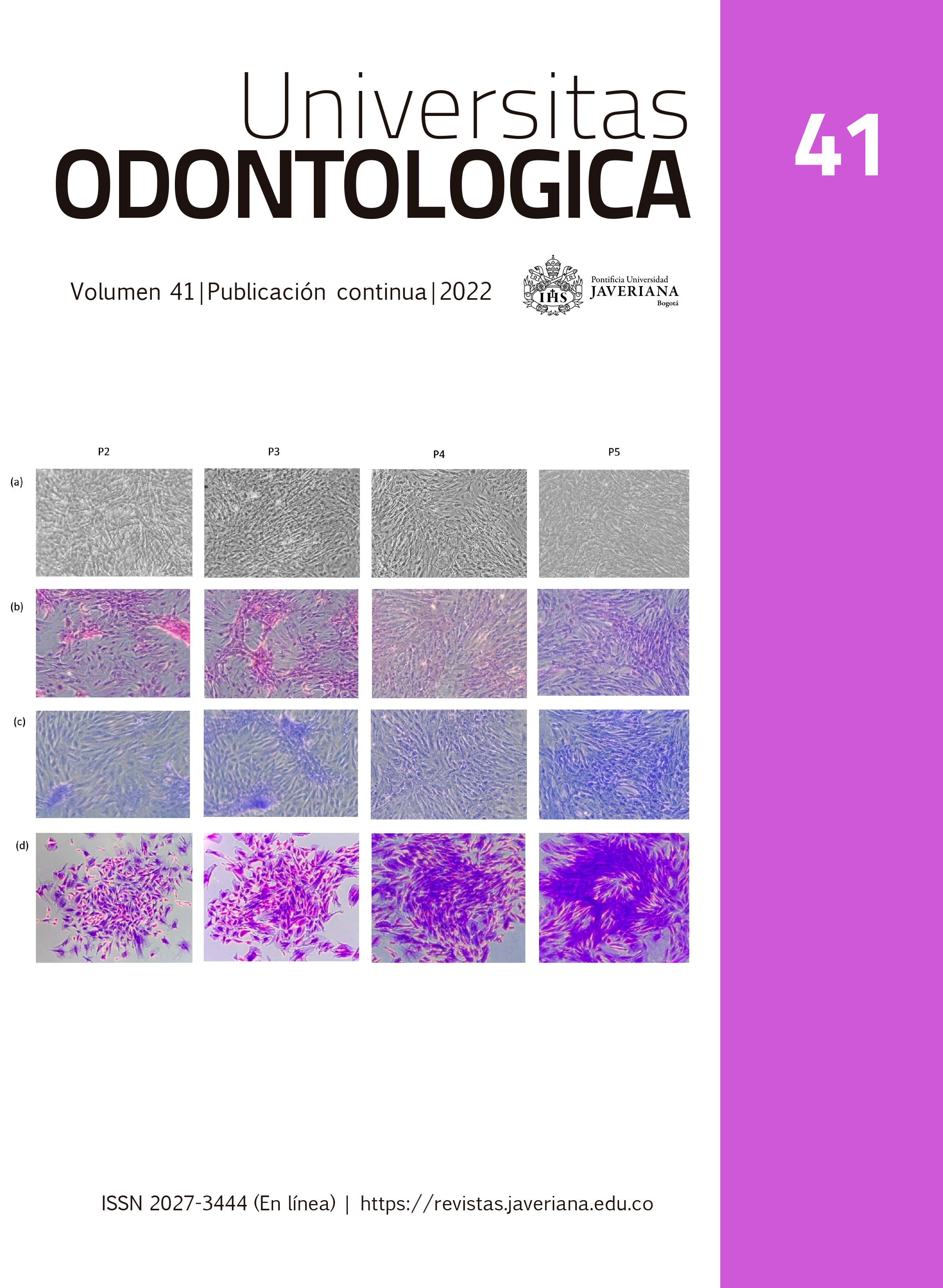Abstract
Background. Stem cells are considered a promising therapeutic agent in tissue regeneration. The application of stem cells in regenerative medicine procedure requires a previous and rigorous process of obtention, and the use of animal models is essential for the application. Objective. Obtaining stem cell populations from rat bone marrow, with preservation of stemness characteristics in culture. Methods. This study is experimental, using euthanized male and female rats of the Lewis lineage. Posterior extremities bones were dissected and primary cultures were obtained from their bone marrow and depleted of CD45+ populations. The CD45-free populations were subcultured until passage five and their morphological, immunophenotypic, proliferation, and differentiation capacity to three lineages was evaluated. Results. Morphological evaluation of the cultures showed a predominance of spindle-shaped and fibroblastic cells that grew adherent and in CFU-F. The immunophenotype was characterized by positive expression of CD90, CD29, and CD146. Cultures induced to osteogenic, chondrogenic, and adipogenic lineages showed a change in morphology and positivity to Alizarin Red, Alcian Blue, and Oil Red O staining, respectively, increased alkaline phosphatase activity corroborated osteogenic differentiation in subcultures induced to this lineage. Conclusion. Bone marrow stem cell populations were obtained from rats, that retain the characteristics of stemness and therefore the possibility of being used in preclinical studies.

This work is licensed under a Creative Commons Attribution 4.0 International License.
Copyright (c) 2022 Ángel Eduardo Pirela Labrador, Luis Felipe Tangarife Tobón, Nelly Stella Roa Molina, Camilo Durán Correa, Lorenza María Jaramillo Gómez


